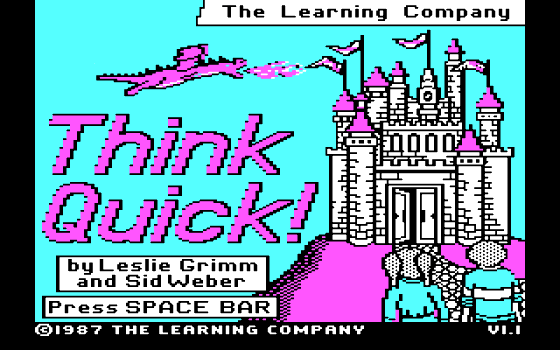Some phantom felicity
Five fragments for the week of April 7, 2025
Hello from early April, where the cherry blossoms bloom.
As a postscript to last week’s Ghiblification deep dive, I realized I forgot to share a crucial personal precedent: this post from 2022 on the aesthetics of generative models.
And now, five fragments that stuck with me last week…
I recently began dedicating a significant portion of my time to developing software with codegen tools. As a product leader with a social science and humanities background, I set out to test the limits of these tools by building 100% through prompting. A week into this journey, the term ‘vibe coding’ was coined and a community of such explorations has blossomed. For me, the experience has been expansive.
· I am building small pieces of software that feel beautiful, personal and helpful.
· I am exploring about ways to connect the dots for powerful experiences even with quite limited resources (eg: in a Chrome Extension, vs an OS).
· I am waking up each day excited to see how the latest model, tooling or protocol will change what's possible for me.
– Stella Shannon Shimonaka, “Thoughts on Coding Agents and Creative Agency,” April 1, 2025. I shared Stella’s new personal site two weeks ago, and was giddy to get this peek behind the scenes—a first-person account from front lines of vibe coding. The piece is full of golden details drawn from a moment in time that will soon wash away, replaced by new models with new proclivities.
With time, the structure of firms themselves will evolve to maximize the utility of [AI] agents. But even before that evolution, agents will enable the people who lead firms to exercise far greater cybernetic control over the teams they lead. Today, when the CEO of a company wants to make some change to a business process, they relay that command through chains of leadership, and each time it loses some fidelity. Maybe it will be misinterpreted. Maybe someone in some layer of the company does not want to do it, and so ignores it, implements the order half-heartedly, or engages in malicious compliance. For a wide variety of business processes, this problem will disappear entirely, and for many others, it will be significantly lessened.
– Dean Ball, “Where We Are Headed: A rough sketch of the near future (part one),” Hyperdimensional, March 27, 2025. Shared by the one and only Robin Sloan as a coda to a long walk we took recently where we discussed the phenomenon of CEOs using LLMs to ship code in scraps of time between meetings. And here’s Robin’s gloss: “The cybernetic CEO.” For my part, I’m on the hunt for instances of cybernetic serendipity complicating the agenda of control.
The Castle is guarded by Slime Worms that roam the halls and swallow you whole if you get too close. Lots of doors will block your way. Some of them must be opened in just the right order. Secret Panels marked with dragon code hide Magic Things that you need. And there are secret passageways to find in each part of the castle. Luckily, you have a safe Hideout with lots of things to help you.
– Instruction manual for Think Quick!, 1987. The kids are old enough to be interested in games now, so we’ve been tracking down gems from my childhood and playing them in emulators together. So many memories flooded back as the boot screen for this one loaded.
I think there’s a bunch of environmental factors pushing people into study mode. If they have the inclination and luxury of time to indulge it that is. If the 2000s were about bringing cognitive surplus online to create the user-generated social web, the 2020s are about using LLMs for leverage in cozyweb settings to deploy that cognitive surplus more deeply.
– Venkatesh Rao on Substack Notes, March 27, 2025. Full “study mode” remains aspirational for me, but in part because of that gap I love reading about it; it keeps hope alive. This observation reminds me too of Celine Nguyen’s “research as leisure activity,” still one of my favorite posts of last year.
Normally I begin with the most difficult piece of the drawing - some particular facial expression, some particular gesture or stance - so that if I get that wrong, I don't have to repeat the whole of the drawing. Consequently, it's not impossible for me to find myself at the end of a session of work surrounded by expensive sheets of watercolour paper with a small face bearing not quite the right expression in the middle of each.
– Quentin Blake, “How I Draw,” undated. I started reading Matilda with the kids a few days ago and the illustrations teleported me back to my own childhood, so I went looking for more background on the artist who illustrated most of Roald Dahl’s books. This short page on Blake’s website is full of so much life that it was hard to pick just one passage; I also loved his remark that “sometimes I may do two or three finished versions in the search for some phantom felicity.”
Until next time,
Diana
https://dianaberlin.com



